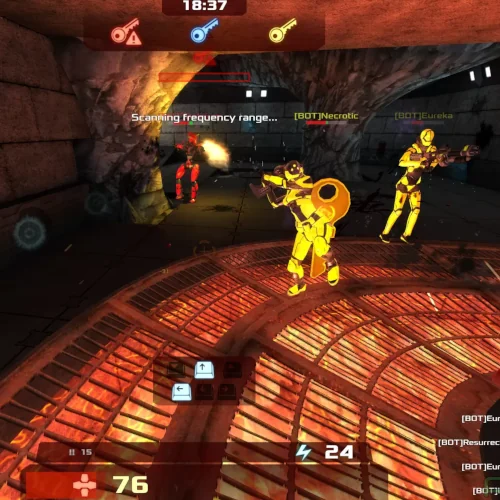Unigine Now Does "Seamless Forest Rendering"

In regards to the seamless forest rendering, the Unigine development log states, "Forests are now seamlessly rendered even from a bird's eye view for flight simulators, especially together with the increased depth buffer precision. Trees, vegetation or other objects are scattered via WorldClutter and ObjectMeshClutter, while ObjectGrass is used as a far LOD, with their positions fully matching. This is done via a new Subdivision parameter for ObjectGrass that subdivides big grass cells so that they match smaller clutter ones." Later in this article is a new screenshot of Unigine's forest rendering attempt.
Other renderer improvements to the Unigine Engine include drastically improving the Gaussian DOF with higher-quality blurring and smoothly disolving countours, the shader caching algorithm has been improved, the OpenGL ARB_sample_shading extension is now used by default, and rendering fixes. The latest revision to the Unigine Engine also includes updates to materials, nodes, world nodes, and objects. Last but not least, the Unigine Editor and the other development assets for the commercial game engine have been revised too.
This latest Unigine Engine development update was shared via their dev log. Below are some new Unigine Engine screenshots secured after this latest round of work. While the Unigine Engine is visually amazing and beautiful compared to many other game engines, unfortunately it's adoption among major studios is still rather light... We're also still waiting for the public release of Unigine Valley.
12 Comments

